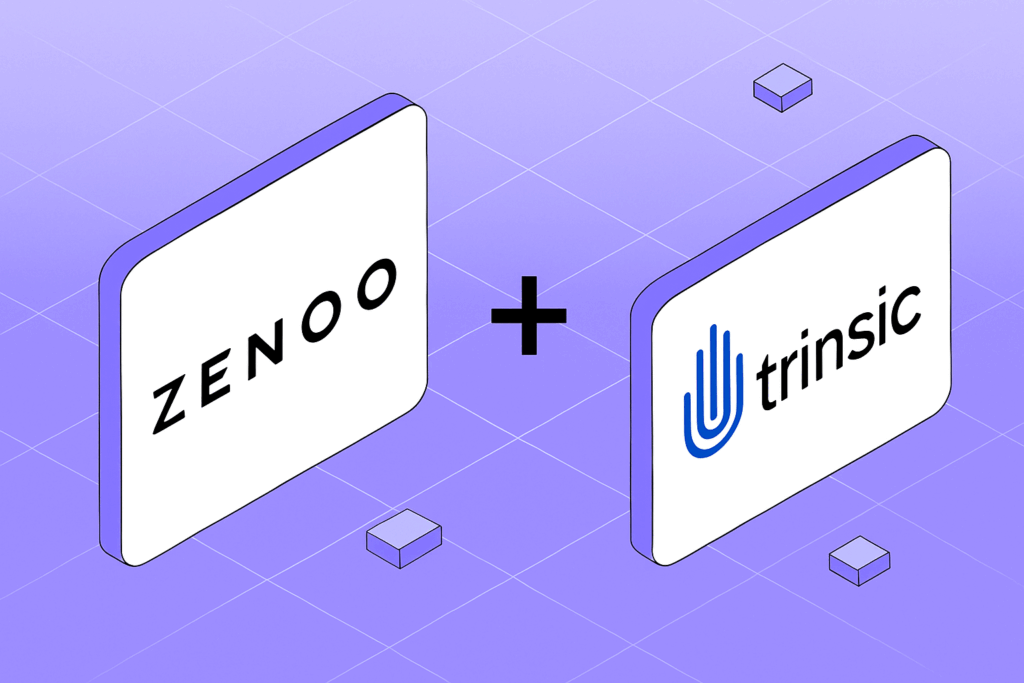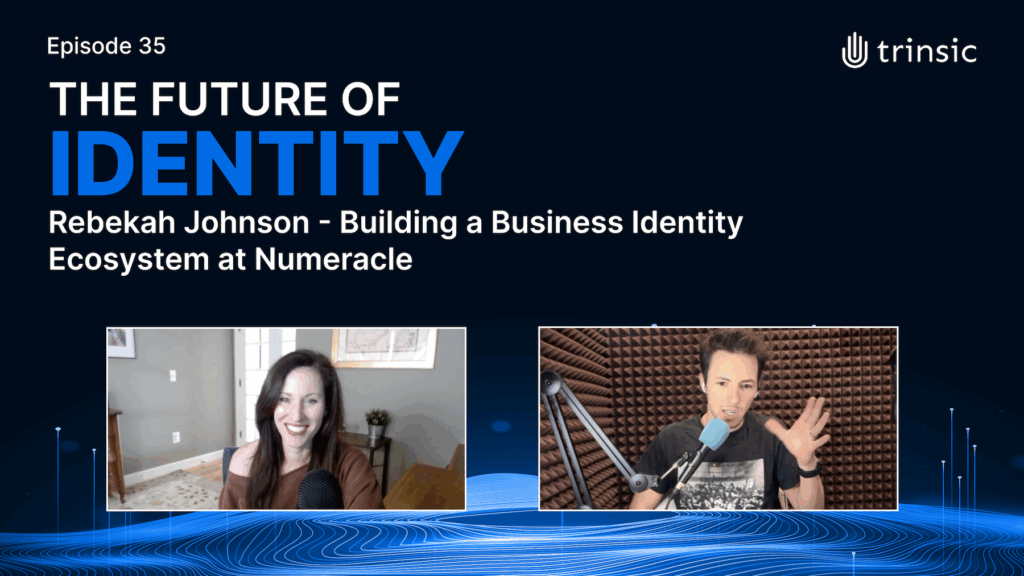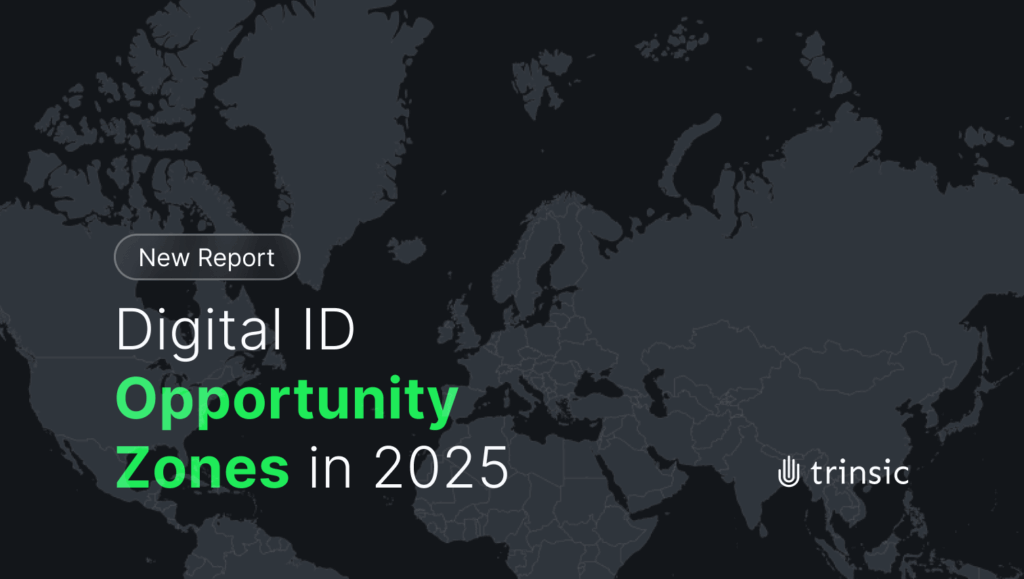Click here for a high resolution version of this image.
Reusable Identity Products Market Map
The market for reusable identity is heating up. With Liminal anticipating the Reusable ID market to reach 267B by 2027, who is actually building reusable ID products? It turns out, it’s harder to answer that question than you might expect.
We highlighted how many of the large identity verification companies launched reusable identity products in 2023. But that post was just a snapshot of last year. What about all of the reusable ID products that are live in market right now? Our reusable identity products market map shares a more comprehensive look at the reusable ID ecosystem in early 2024.

What is a reusable identity product?
To make an effective market map, we needed to first define “reusable ID product”. With dozens of blockchain networks, hundreds of wallets, and 50+ government eID schemes out there, which products should make the list? To narrow it down we’ve come up with some specific criteria that make a reusable ID product.
Three key pieces of a reusable ID product
In a sentence, a reusable ID product is a consumer-facing application where a user can access their identity data and use it to get access to something.
- Consumer facing application – Usually this looks something like a wallet, where a user can see and manage their credentials.
- User can access their identity data – Typically this is structured, signed data attesting to the identity attributes of an individual.
- Can use it to get access to something – This means there are relying parties who accept the credentials, and users can make proofs with their data. Inherently, to onboard relying parties, you need some level of governance including rules about how trust works, who can issue credentials, who can verify, how much it costs, etc.
The difference between a reusable ID “product” and a reusable ID “scheme”
People will often talk about “reusable ID schemes” or “government eID schemes.” There’s a key distinction between a scheme and a product that might not be initially obvious. A scheme is a set of rules, or governing principles. A product is a way you can access a given scheme. It’s possible there are many reusable ID products that are all accessing the same reusable ID scheme. For example, Yoti is a company that has developed a proprietary Digital ID Connect reusable identity scheme which powers three separate reusable identity products.

It’s also possible that there are many reusable ID schemes all accessible within a given reusable ID product. An example of this would be Trinsic Connect, which aggregates reusable ID schemes to surface the fastest way for a user to be verified in any given application. Another example would be the Apple wallet, which accepts state mDLs and SMART health cards.
How does the reusable identity products market map compare to the IDtech product market map?

Last year we made a market map of IDtech products, so what’s the difference between these two market maps?
Reusable ID products are a subset of IDtech products focused specifically on a “verified identity” credential. The broader umbrella of IDtech contains products focused on education certificates, medical credentials, supply chain data, and more as the primary use case. However, because these applications often require user attributes such as name, age, or address, most industry-specific IDtech applications leverage a reusable ID as well.
If you have feedback on the market map or notice that there’s a product missing, you can email zack.jones@trinsic.id. If you want to learn more about how Trinsic integrates dozens of reusable ID schemes into one seamless platform for verifying users, contact us below and we’d love to talk more.









